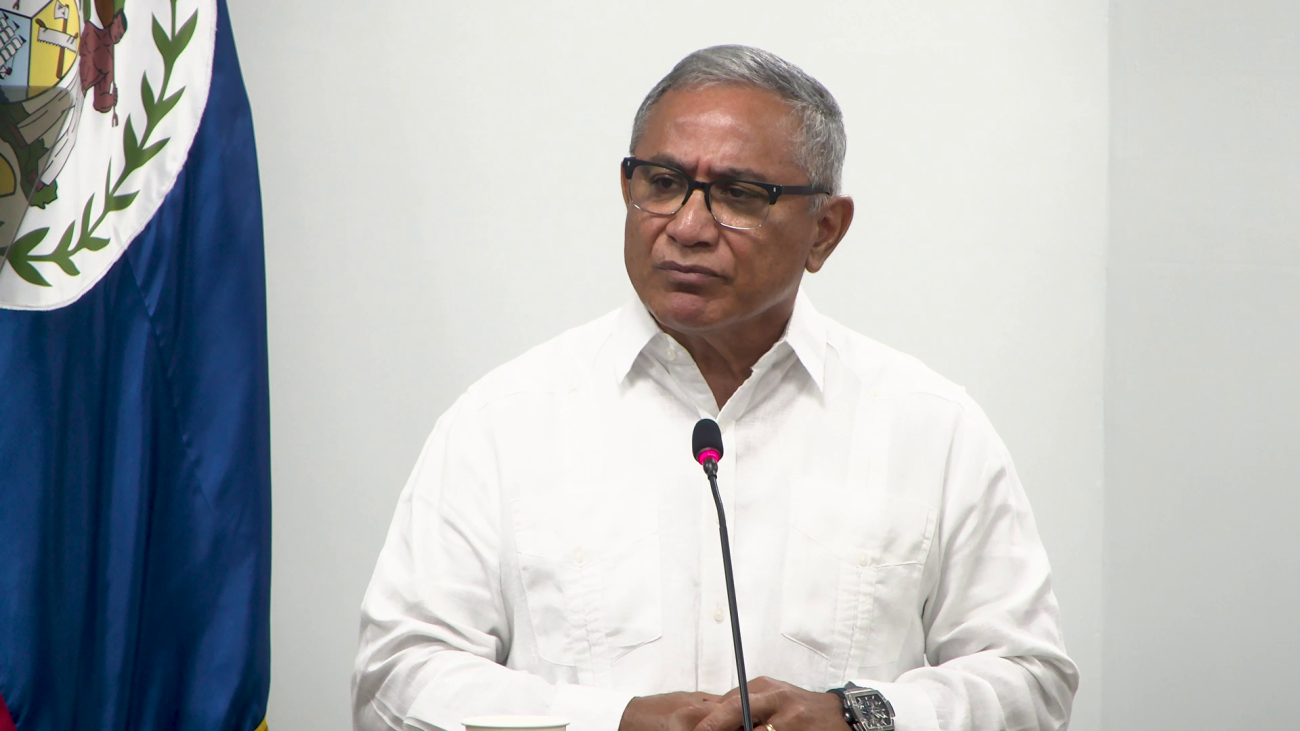Economy on the Mend, But Government Says the Work Isn’t Over Yet
After weathering the storm of the COVID-19 pandemic, the country’s economy is back on its feet and walking tall. But according to government officials, keeping it that way will take more than just momentum. It’ll require smart planning, steady hands, and a whole-of-government push. The Briceno administration has set its sights on maintaining a healthy budget surplus, between one-point-five and two percent of G.D.P., over the next few years. That’s a key part of its strategy to keep the economy strong and debt under control. In Monday’s budget presentation, Prime Minister John Briceño touched on public debt which, he says, has already dropped faster than expected. According to the Minister of Finance, the budget deficit now sits at around sixty percent of G.D.P., well ahead of IMF forecasts. But trimming it further, down to fifty percent by 2029, won’t be easy. Slower economic growth and unpredictable global interest rates are making the road ahead a bit bumpier.
Prime Minister John Briceño
“Although our economy has stabilized with a robust rebound following the COVID Pandemic, sustained growth will require unceasing policy initiatives and whole-of-government efforts. With regard to fiscal policy, my government’s goal is to maintain a consistent primary budget surplus -in the range of 1.5 percent to 2.0 percent of GDP – into the medium term. While public debt has come down years ahead of IMF projections, to the 60 percent range, further reductions will be more challenging, given the limitations on GDP growth and our lack of control over global interest rates. Our goal is for the public debt to gradually fall to 50 percent of GDP by 2029. Our gross financing needs are estimated to average 7.5 percent of GDP, supported by continued fiscal discipline, a manageable repayment schedule for the Blue Bond, and limited short-term refinancing needs from domestic creditors. Despite this positive outlook, the Government remains committed to mitigating emerging risks, such as climate-related events, volatile global markets, and commodity price shocks, by maintaining primary surpluses, building buffers and contingency funds, establishing contingent credit lines, while keeping public debt in careful check and improving disaster risk financing (DRF) arrangements. Our fiscal policy stance will remain consistent with other macroeconomic policies and growth objectives, requiring careful management to mitigate potential risks and ensure long-term sustainability.”
The message is clear: the economy may be stable now, but staying that way will take vigilance, coordination, and a long-term vision.







Facebook Comments